
Dreaming of a perfect summer holiday in 2025? Europe is the place to be! From sunny beaches and pretty old towns to music festivals and tasty food, Europe in summer is full of joy and color.
Whether you love swimming in clear blue water, exploring castles, or just sitting at a café with ice cream, there’s something for everyone.
In this guide, we’ll show you the top European summer destinations to visit in 2025. You will find the best places to relax, have fun, and make amazing memories.
Explore the most breathtaking destinations Europe has to offer in Summer 2025. Let’s plan your dream trip.
Why Visit Europe in Summer 2025?
Europe in summer is warm, bright, and full of life. From June to August, the weather is usually sunny with little rain. It’s the best time to enjoy beaches, outdoor cafés, parks, and beautiful old towns.
In June 2025, Europe starts to bloom with flowers, fresh food markets, and outdoor concerts. July and August bring more sunshine, fun festivals, and long days – sometimes the sun sets after 9 PM!
Summer events in Europe, like music shows, food fairs, and cultural parades, make the trip even more exciting. You can dance in Spain, eat pizza in Italy, or walk around castles in France.
But remember, 2025 may bring changes. New visa rules like ETIAS might start for some travelers, and prices for flights and hotels can go higher. So it’s smart to plan early.
If you want happy days under the sun, friendly locals, and great food, then Europe in summer 2025 is the perfect choice. Pack your bags, an unforgettable adventure is waiting.
Top 10 European Summer Destinations to Visit in 2025
Dubrovnik, Croatia
Dubrovnik is a magical city by the sea, with old stone walls, red roofs, and crystal-clear water. It feels like stepping into a fairytale. Perfect for relaxing and exploring, it’s one of the best spots in Europe for a beach and history combo.
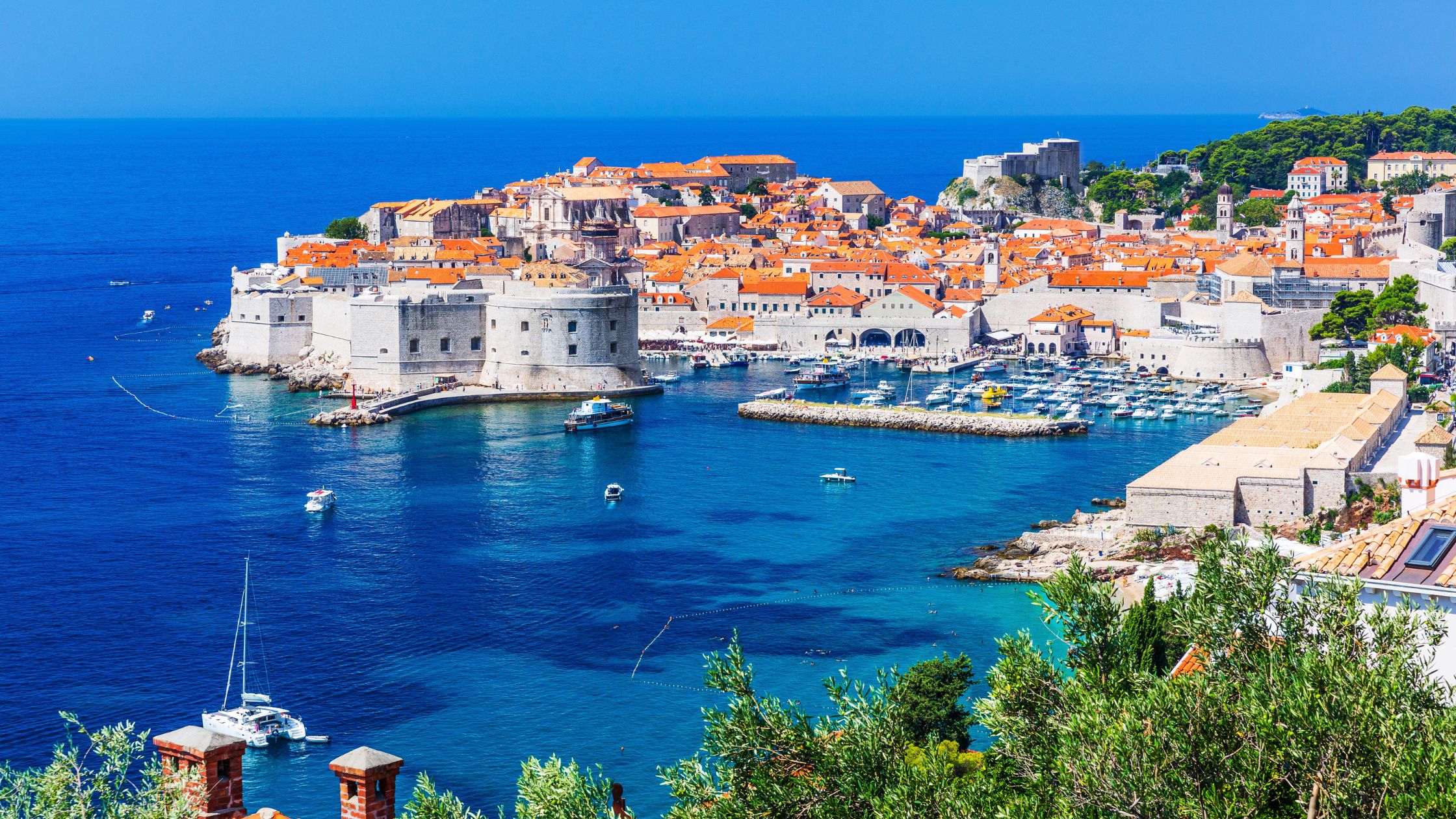
Best Time to Visit: June and September are ideal, warm and sunny, but less crowded. July and August bring big tourist crowds and high prices, so it’s better to visit before or after peak season for a calmer experience.
Top Attractions: Walk the City Walls, Lokrum Island, Mount Srđ Cable Car, Old Town streets
Local Tips: Try local seafood at sunset. Wear comfortable shoes as the streets have steps and stones. Carry cash for small shops. Consider a boat ride to the Elaphiti Islands for quiet beach time.
Rome, Italy
Rome is a city full of ancient wonders, tasty food, and lively streets. From the Colosseum to hidden gelato spots, every corner has a story. It’s a great place for history lovers and foodies alike, and it shines best under the warm summer sun.
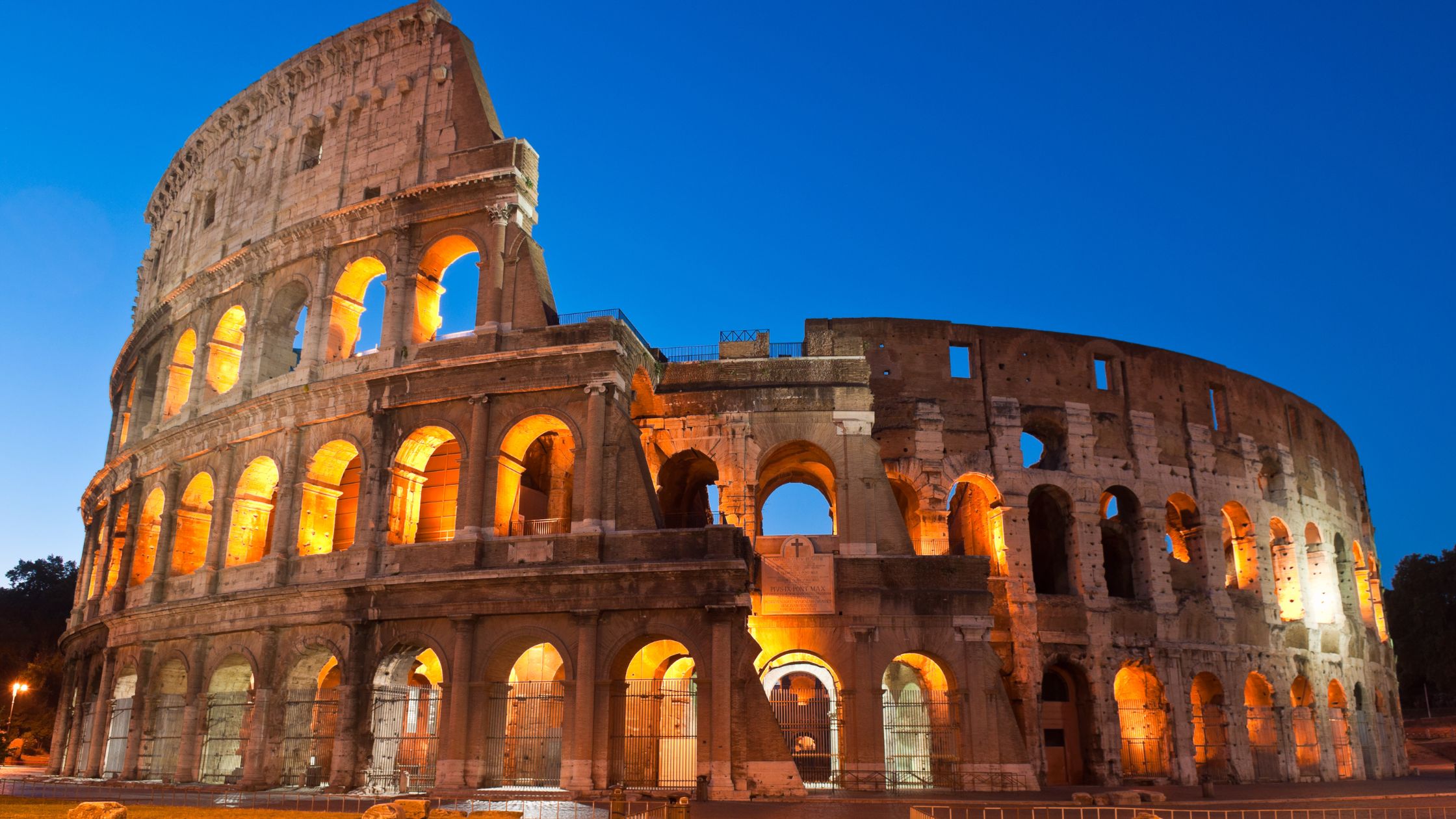
Best Time to Visit: June and early July are perfect, sunny, and busy but not too crowded. August can get very hot, and many locals leave the city then. Visit in late June for the best mix of fun and comfort.
Top Attractions: Colosseum, Trevi Fountain, Vatican City & St. Peter’s Basilica, Pantheon
Local Tips: Wake up early to visit major sites without long lines. Try pasta carbonara and creamy gelato from local cafés. Carry a refillable water bottle, Rome has free fountains. Use the metro to save time while sightseeing.
Kotor, Montenegro
Kotor is a peaceful town with mountain views and a bay that looks like a lake. Its stone houses and quiet streets feel like a secret getaway. If you want nature and culture without big crowds, this is the perfect place for a slow, scenic summer.
Best Time to Visit: June and September are best for fewer tourists and great weather. July and August can feel crowded and hot, and small towns like Kotor may get overwhelmed by visitors.
Top Attractions: Kotor Fortress hike, Our Lady of the Rocks, Kotor Old Town, Perast village
Local Tips: Bring strong walking shoes for hikes and cobbled streets. Some restaurants only accept cash, so carry some euros. A short boat tour is a fun and relaxing way to explore the bay.
Kefalonia, Greece
Kefalonia is a quiet Greek island with beaches, colorful villages, and deep blue caves. It’s not as touristy as Santorini or Mykonos, so you get a more relaxed vibe. Perfect for swimming, sunbathing, and tasting real Greek food.
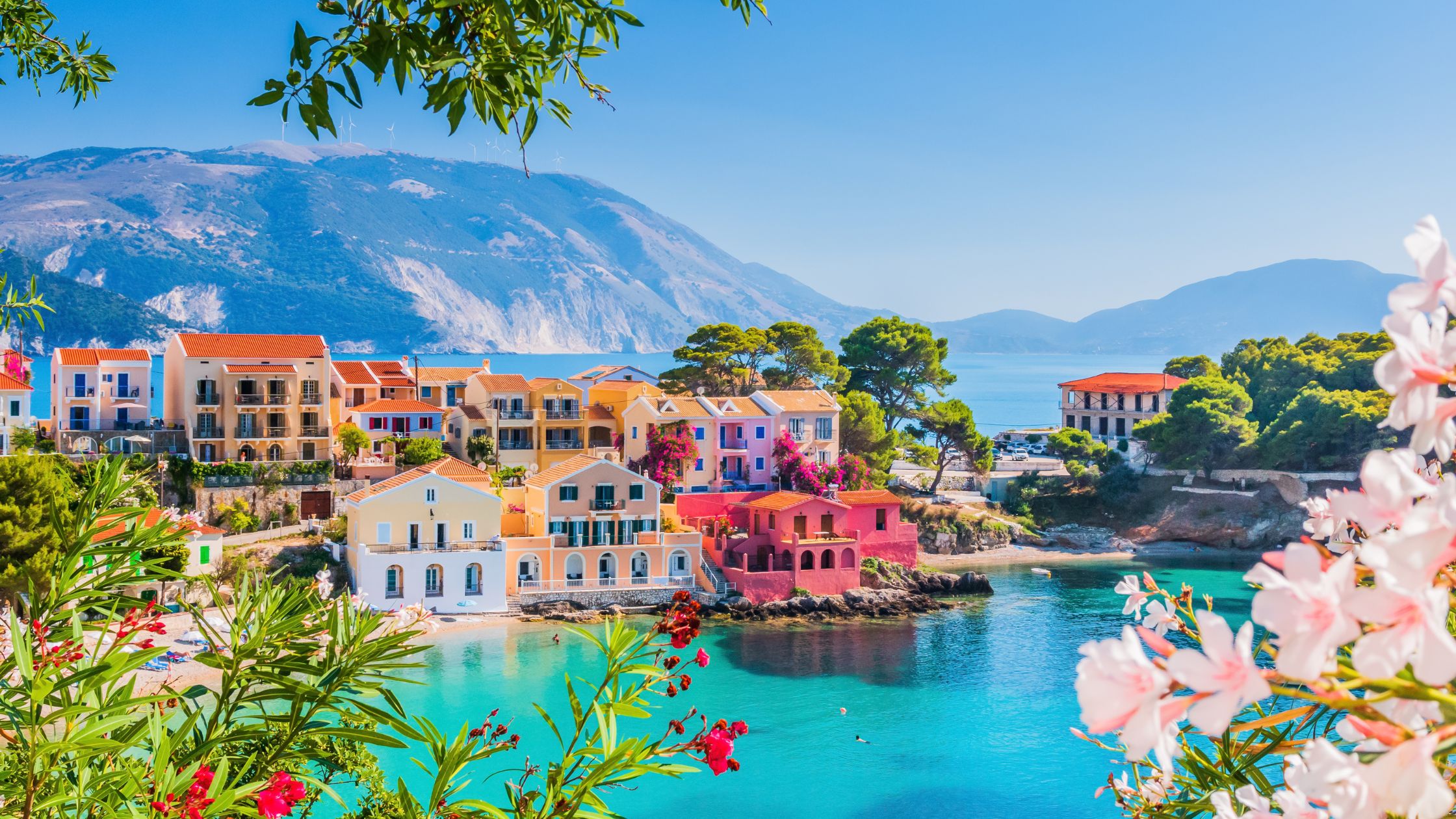
Best Time to Visit: July and August are best for beach lovers. June and early September are quieter but still warm. Avoid visiting too early in summer, as the sea might still be cold.
Top Attractions: Melissani Cave, Myrtos Beach, Assos Village, Fiskardo Port
Local Tips: Rent a car to visit hidden beaches and villages. Order a fresh Greek salad at beach cafes. It’s simple and tasty. Take a boat ride to explore caves or swim in quiet bays.
Côte d’Azur (French Riviera), France
The French Riviera is famous for its blue sea, sunny days, and stylish towns like Nice and Cannes. It’s perfect for people who love beaches, food, and a little glamour. Great for families, couples, or solo travelers wanting a classy coastal escape.
Best Time to Visit: August and early September are warm and lively without the major event crowds. Avoid May and July, as events in Cannes make things pricey and packed.
Top Attractions: Nice Old Town & Promenade, Cannes Croisette, Monte Carlo, Villa Ephrussi de Rothschild
Local Tips: Use local trains to hop between towns. Dress nicely in the evenings, people love to look sharp here. Try local rosé wine with a seafood meal at sunset.
Fethiye, Türkiye
Fethiye is a calm beach town with clear water and green hills. It’s ideal for travelers who want to chill, swim, and enjoy slow days in the sun. You’ll find hidden beaches, waterfalls, and friendly locals.
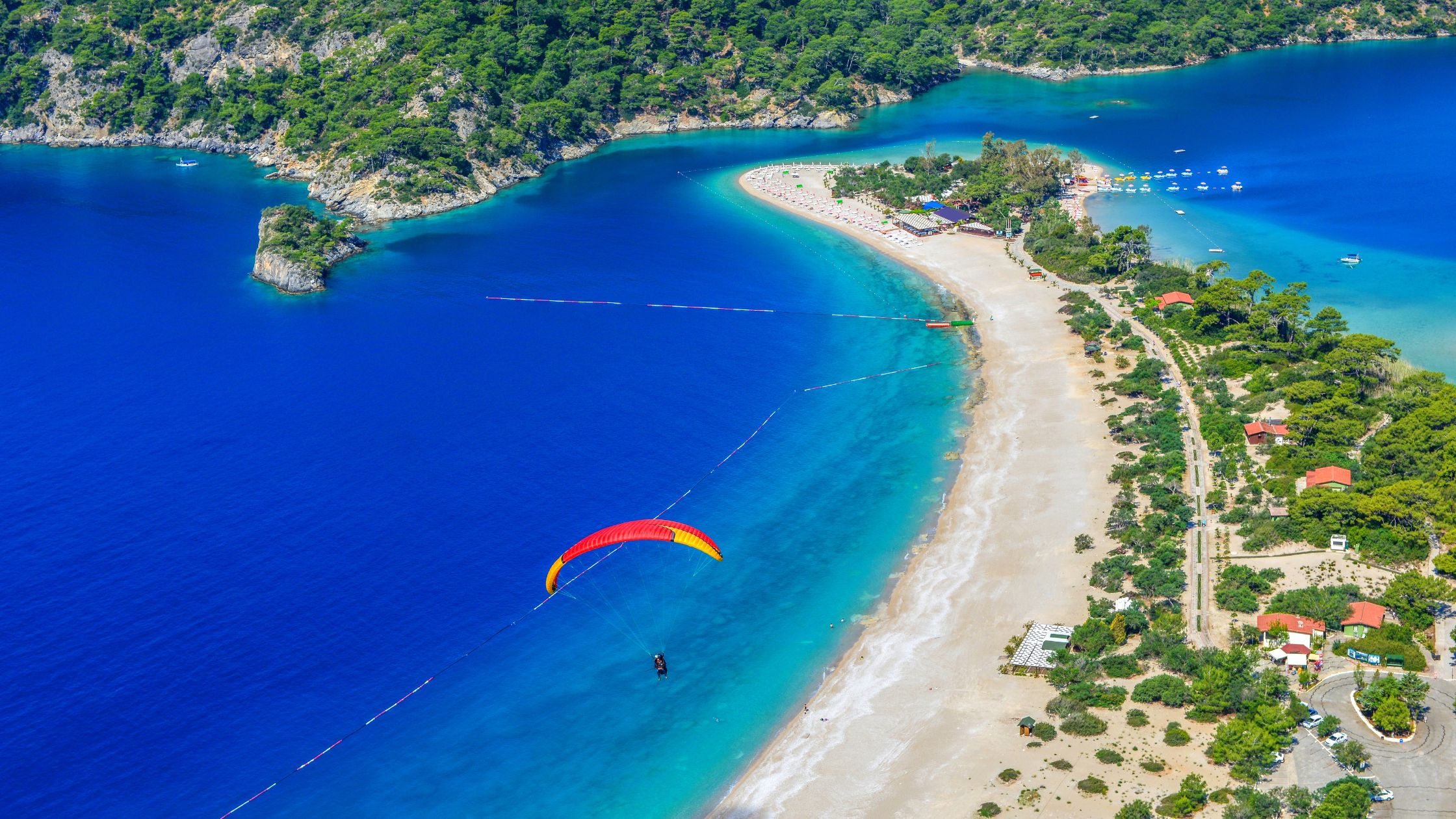
Best Time to Visit: June to early September is sunny and great for swimming. Late July and August can get hot, but beach resorts offer plenty of shade and sea breezes.
Top Attractions: Ölüdeniz Beach, Butterfly Valley, Kayaköy Ghost Village, 12-Island Boat Tour
Local Tips: Try a full Turkish breakfast, it’s delicious and filling. Many resorts let you order drinks from your beach chair. Visit the local bazaar for handmade souvenirs and snacks.
Mallorca, Spain
Mallorca is a Spanish island full of lovely beaches, small mountain villages, and great food. Whether you want to party, relax, or explore, you’ll find it here. Palma city is busy, but other parts are peaceful and great for summer breaks.
Best Time to Visit: July and August are best for beach fun, though crowded. June and September are quieter and still warm. These months are ideal if you prefer peace with sunshine.
Top Attractions: Palma Cathedral, Cala d’Or beaches, Deià village, Bellver Castle
Local Tips: Rent a scooter to find secret coves and cafés. Try paella or ensaïmada (a local pastry). Avoid staying in tourist hotspots if you prefer a calm vibe.
Helsinki, Finland
Helsinki is a clean and cool city where you can enjoy nature, modern art, and fun food. It’s different from other summer places, more peaceful and fresh. You can jump into the sea after a sauna or explore islands nearby.
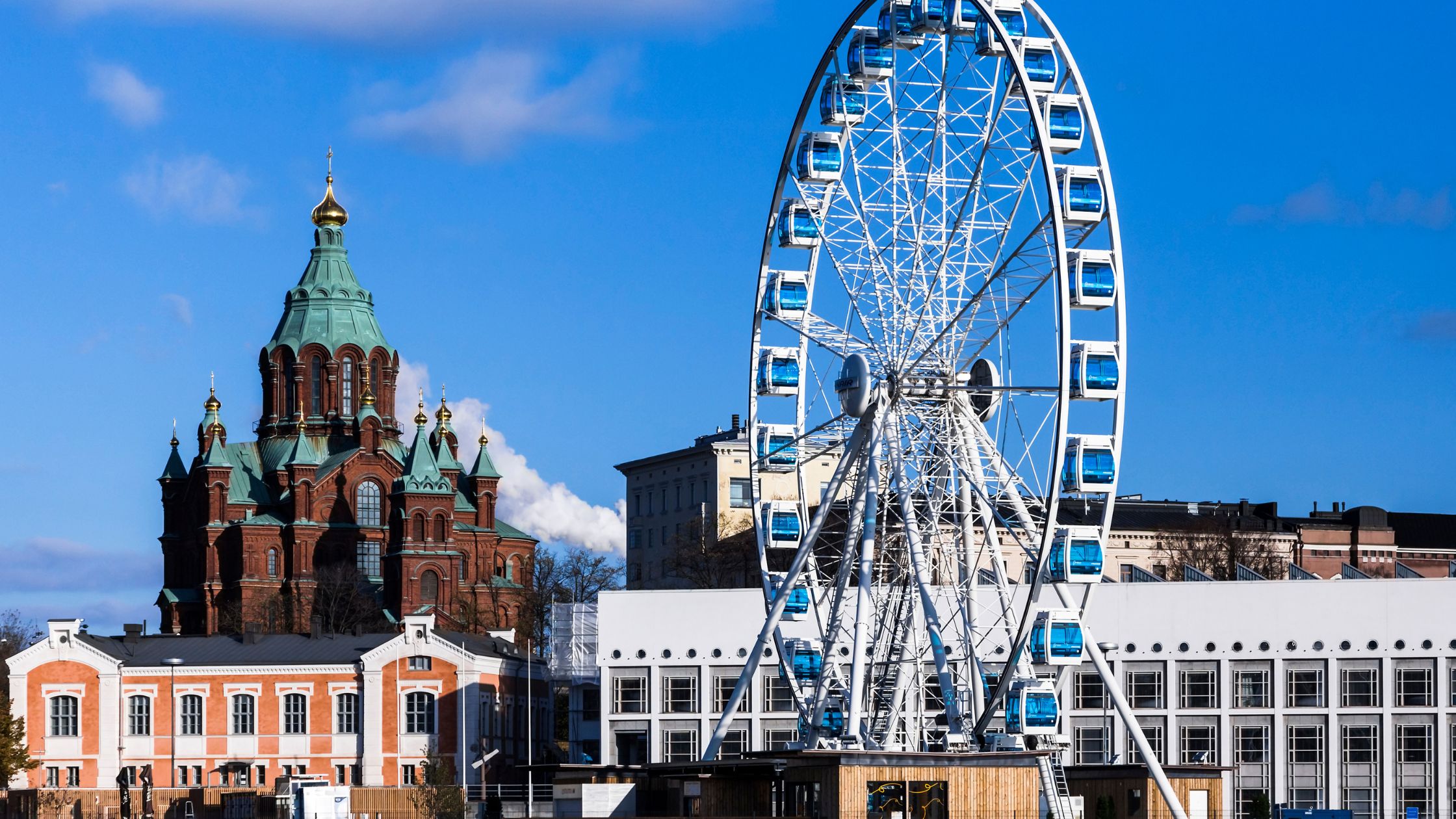
Best Time to Visit: June to August offers long daylight hours and comfortable weather. July is the warmest month. August is best for festivals and street life.
Top Attractions: Löyly Sauna, Suomenlinna Fortress, Market Square, Sibelius Monument
Local Tips: Try salmon soup at the market stalls. Many locals speak English, so asking for help is easy. Public transport is reliable, use trams to get around the city.
Moraira, Spain
Moraira is a quiet seaside town in Spain with pretty beaches and a relaxed feel. It’s a favorite for families and older travelers. There’s less nightlife here, but the views, food, and calm sea make it a peaceful summer escape.
Best Time to Visit: July and August bring sunshine and swimming weather. Book early, as villas and hotels fill up fast in peak summer months.
Top Attractions: El Portet Beach, Moraira Castle, Altea village, Local food markets
Local Tips: Eat seafood paella at the marina. Most shops close midday, so shop in the morning or evening. If you’re staying longer, rent a villa with a private pool.
Sardinia, Italy (Emerging Destination)
Sardinia is a big island in Italy with turquoise beaches, mountain towns, and amazing food. It feels more laid-back than famous Italian cities. Some beaches look just like the Caribbean.
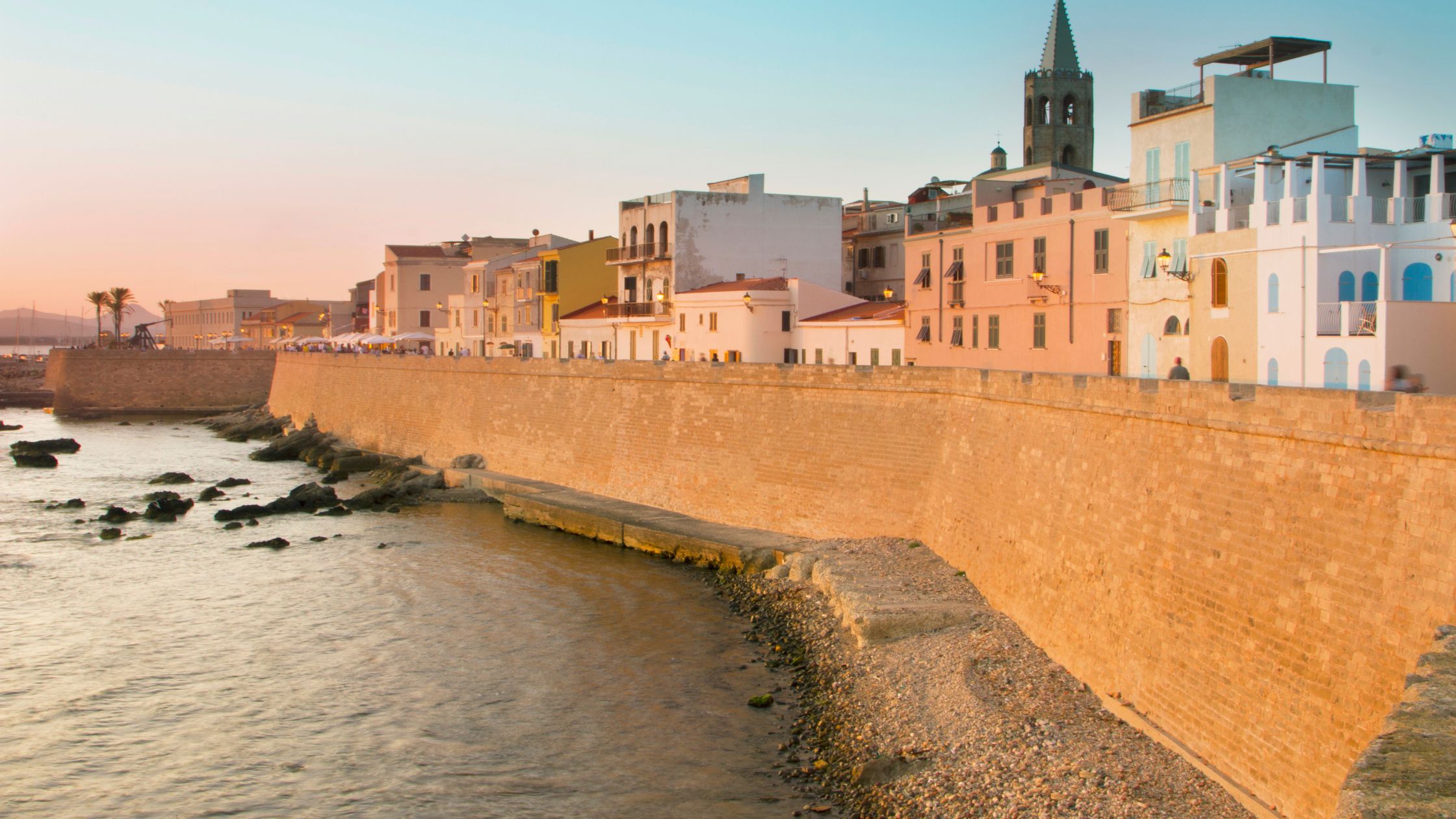
Best Time to Visit: June and early July are warm and less busy. Avoid August if you want peace, as it’s crowded and expensive.
Top Attractions: Costa Smeralda beaches, Maddalena Islands, Neptune’s Grotto, Cagliari Old Town
Local Tips: Rent a car to explore beaches and inland towns. Try pecorino cheese and local wine. Some beaches have entrance fees, carry cash just in case.
Albania (Emerging Destination)
Albania is Europe’s hidden treasure, full of quiet beaches, old towns, and friendly people. It’s affordable and not too crowded yet. Great for budget travelers who want beauty without big tourist lines.
Best Time to Visit: June and September are sunny but calm, great for enjoying the beaches without too many people. July and August are hotter and livelier.
Top Attractions: Ksamil Beach, Gjirokastër Castle, Blue Eye spring, Berat old town
Local Tips: Use public buses or shared taxis. Try Byrek (savory pastry). People are warm, but not all speak English, carry a translation app just in case.
Budget vs Luxury Travel in Summer Europe
Europe in summer can be both affordable and luxurious, it all depends on how and where you choose to travel.
If you are on a budget, destinations like Montenegro, Albania, and parts of Portugal are great options. You can enjoy lovely beaches, good food, and charming towns without spending too much. These places offer hostels, guesthouses, and cheap street food, often costing under €70 per day.
For travelers looking for luxury, the French Riviera, the Amalfi Coast, and Monaco are perfect. These high-end places are known for fancy resorts, stylish shopping, fine dining, and celebrity vibes. Expect to spend €300 or more per day if you're going all out.
In general, a budget traveler in Europe can spend around €60–€100 per day (hostel stays, public transport, street food), while luxury travelers might spend over €300 daily (5-star hotels, private transfers, gourmet meals).
Whether you stay in a seaside villa or a cozy hostel, Europe offers something for every type of traveler. Mix and match both styles depending on your city, enjoy a luxurious spa day in Italy, and then go hiking in Montenegro the next day!
Seasonal Travel Tips for Europe in 2025
Traveling to Europe in summer 2025? Here are some useful tips to make your trip smooth and stress-free.
Pack light but smart. Bring cotton clothes, sunscreen, sunglasses, a reusable water bottle, and comfortable shoes for walking. Don’t forget a travel adapter for European power sockets!
The weather can change. While most places are sunny, you might get sudden rain in cities like Paris or Amsterdam. Always carry a foldable umbrella or a light jacket just in case.
Visa rules may change in 2025. Many travelers from outside Europe may need to apply for ETIAS, a new travel pass system expected to start soon. Make sure to check your country’s rules and apply early.
Choose how you travel wisely. Trains are fast and scenic, especially in Western Europe. Budget airlines like Ryanair or EasyJet are cheap but charge extra for bags. Compare both before booking.
Learn local etiquette. Saying “hello” and “thank you” in the local language is always appreciated. Also, some cities charge tourist taxes, always ask at check-in.
A little planning goes a long way. Europe in summer is beautiful, and with these tips, you’ll enjoy your trip safely, easily, and happily!
Europe in summer 2025 has it all, beaches, festivals, culture, food, and magical cities. Whether you're looking for a calm island, a buzzing party, or a walk through history, there’s a destination waiting for you.
You’ve now explored the top European summer destinations to visit in 2025, with travel tips, ideas, and expert info to help you plan.
Now’s the time to turn your dream into a real trip with Travelfika. Start booking, pack your bags, and get ready for a summer you’ll never forget.
Top FAQs About Summer Travel to Europe in 2025
1. What are the best months to visit Europe in summer 2025?
The best months are June, July, and August. June and early July are perfect for sunny weather and fewer crowds. August is hotter and more crowded, but great for festivals.
2. Is Europe expensive during summer 2025?
It depends on where you go. Places like Switzerland, France, and Italy can be costly. But Albania, Montenegro, and Greece are more budget-friendly. Booking early helps save money.
3. Are visas needed for Indian or US travelers in 2025?
US and Indian travelers might need ETIAS (European Travel Information and Authorization System) starting in 2025. It's not a visa, but an online travel pass. Check updates before your trip.
4. How do I travel between countries in Europe?
You can use fast trains, budget airlines, or buses. Trains like the Eurail pass are great for multiple cities. Flights are faster for long distances, but check baggage rules.
5. What are the safety tips for solo summer travelers?
Europe is generally safe. Always keep your valuables in a small bag. Stay in busy areas at night, and let someone know your travel plans. Use apps like Google Maps or Citymapper to get around easily.
